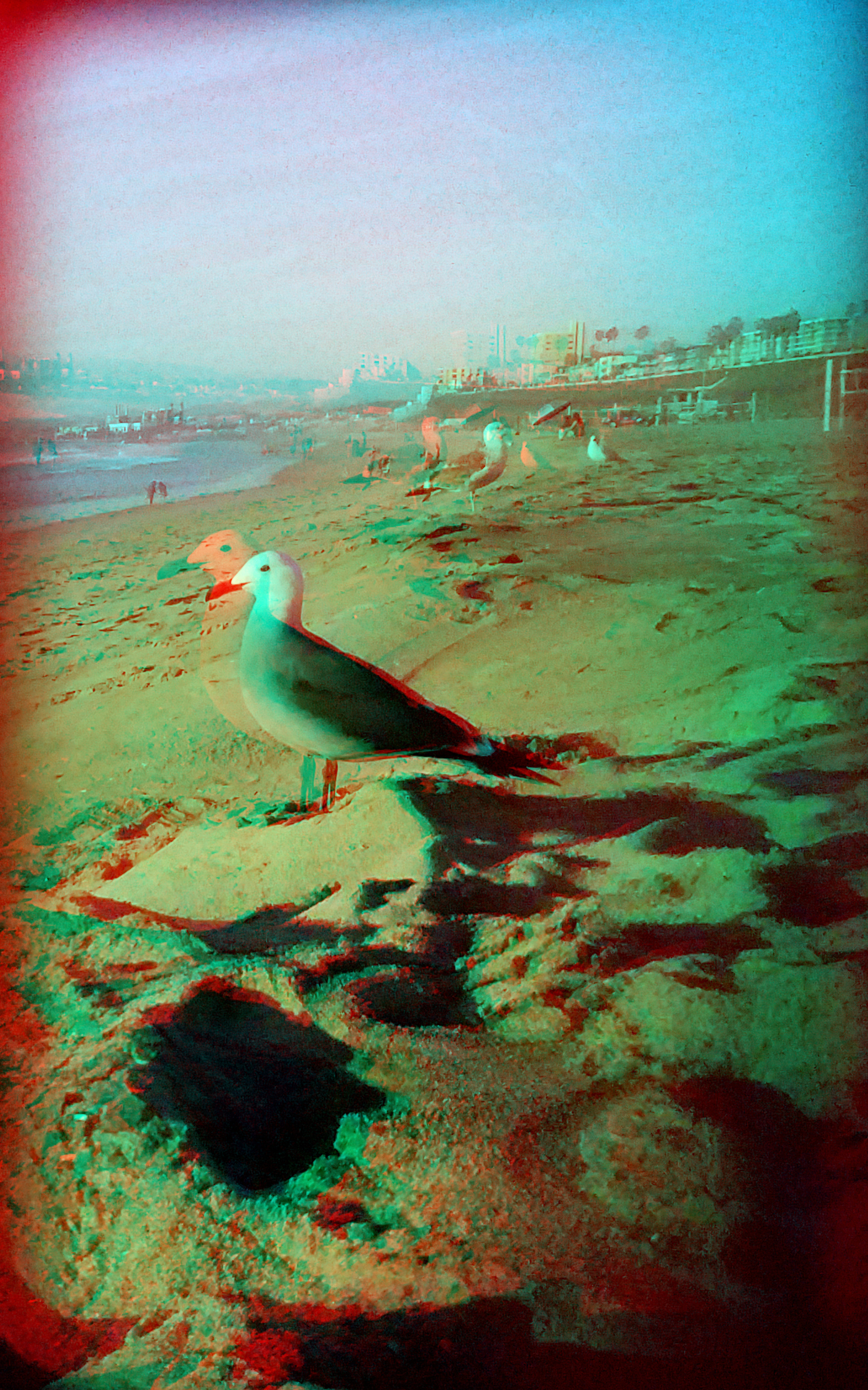SBS to Anaglyph |
|---|
| Index |
This program converts a single image with side by side left and right views
Into an anaglyph (red blue) image by finding the best transformation to overlay them
using computer vision techniques from
simultanious localization and mapping,
structure from motion (3d view from video)
such as
edge detection,
maximum local feature detection,
correspondance matching
to automatically
align the images as best as possible
to generate an anaglyph from left and right images
what is acutally needed is the lens transformation for both images
is many image pairs with correlated features at different depths across the frames
then given the sbs lens doesn't move, the static transform can be found
this program doesn't do that yet
and is more of a test program for the feature detection and matching
functions that are planned to be the basis of a program library to transform
video and images into 3d objects and labeled components for video games and robots
to be able to understand and interact with the world
once it is working reliably with a stereo pair of a known translation
then it should be able to find the transformation between two video frames with static/fixed postion objects
and be used to generate a camera path in 3d and build a 3d pointcloud from feature points

Tree Subdivision Log: